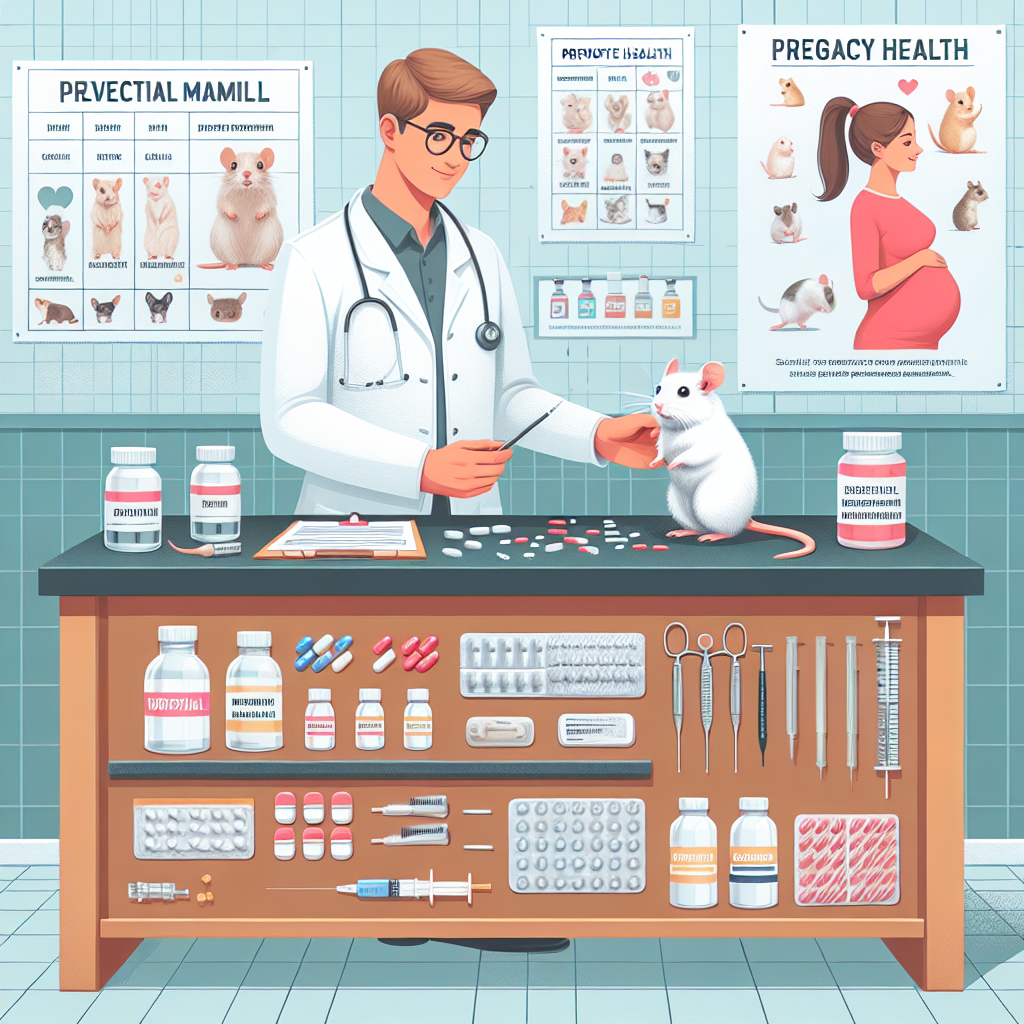Gerbils are adorable pets known for their lively and curious nature, coupled with a strong reproductive instinct. If you’re keen on having your gerbils reproduce, understanding their mating season, mating signals, estrous cycle, and the necessary preparations for caretakers is crucial. Let’s delve into the details.
I. Gerbil Mating Season
The mating season of gerbils is closely tied to their natural habitat. In the wild, gerbils are predominantly found in arid regions of Africa and Asia, with their mating season typically spanning from February to October. During this period, favorable temperatures and ample food supply contribute to optimal conditions for gerbil survival and reproduction. In captivity, gerbils lack distinct mating season restrictions and can mate year-round, given that their health and nutritional needs are maintained. Nevertheless, the peak mating period may vary among gerbils from different regions and climates. Generally, spring and fall are considered optimal for gerbil mating, as the moderate temperatures and humidity alleviate stress on their bodies.
II. Recognizing Gerbil Mating Signals
Gerbils exhibit noticeable behaviors that serve as mating signals. Some common signs include:
-
Male gerbils incessantly chase and emit sharp calls to express their mating intentions. If a female is interested, she’ll allow the male to approach; otherwise, she might flee or nip at the pursuing male.
-
Females raise their hindquarters to accommodate males, indicating their receptive state. Witnessing this, a male promptly mates with the female.
-
Gerbil pairs engage in repeated mating sessions, each lasting around 10 seconds. The frequency depends on the stamina and interest of the gerbils, with an average of over 10 mating sessions per day.
-
Post-mating grooming involves gerbils cleaning their genital areas. Both males and females use their tongues for this purpose, preventing infections and maintaining hygiene.
III. Gerbil Estrous Cycle
The estrous cycle refers to the period during which a female gerbil is receptive to mating. Key features of the gerbil estrous cycle include:
-
Females enter estrus every 4 days, lasting approximately 4 days. This means they experience two estrus cycles per month, each presenting an opportunity for pregnancy.
-
Unlike other animals with fixed estrus cycles, gerbils can ovulate at any time. This adaptive evolution ensures rapid reproduction in the wild, considering their short lifespan.
-
Male gerbils retain the ability to mate throughout their lives, while female fertility diminishes around two years of age due to organ degradation.

IV. Caretaker Preparation
To ensure successful gerbil mating and the birth of healthy pups, caretakers should undertake the following preparations:
-
Provide ample nesting material, such as paper towels, cotton, and hay, for gerbils to build a comfortable, warm, and secure nest, conducive to pregnancy and childbirth.
-
Add extra water bottles for the convenience of pups, as they start drinking water within the first week after birth. Insufficient water access may lead to dehydration and mortality.
-
Remove potentially hazardous toys and equipment from the cage, including exercise wheels, slides, and swings. These items could pose risks, especially to pups, causing entrapment, falls, or injuries.
-
Offer high-fat foods to boost the mother’s energy, such as nuts, seeds, and eggs. These foods provide the necessary energy and nutrients for smooth reproduction and nursing.
V. Conclusion
With the insights provided, you now have a clear understanding of the gerbil mating season. Influenced by their environment, gerbils display distinct mating signals, have a short estrous cycle, and possess strong reproductive capabilities. To encourage gerbil reproduction, observe their mating behaviors, ensure appropriate care conditions, and make necessary preparations.
Lastly, it’s crucial to note that if you wish to control gerbil population growth, timely spaying/neutering or separating males and females is recommended. Gerbils exhibit prolific reproductive abilities, and without intervention, they may lead to overpopulation



